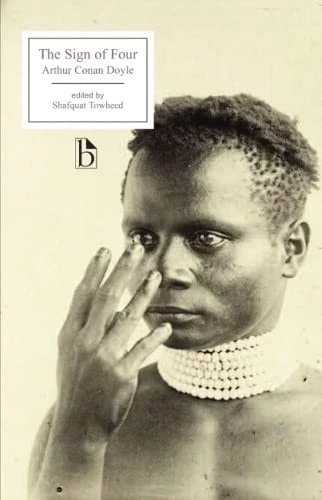Arthur Conan Doyle’s second Sherlock Holmes novel is both a detective story and an imperial romance. Ostensibly the story of Mary Morstan, a beautiful young woman enlisting the help of Holmes to find her vanished father and solve the mystery of her receipt of a perfect pearl on the same date each year, it gradually uncovers a tale of treachery and human greed. The action audaciously ranges from penal settlements on the Andaman Islands to the suburban comfort of South London, and from the opium-fuelled violence of Agra Fort during the Indian ‘Mutiny’ to the cocaine-induced contemplation of Holmes’ own Baker Street. This Broadview Edition places Doyle’s tale in the cultural, political, and social contexts of late nineteenth-century colonialism and imperialism. The appendices provide a wealth of relevant extracts from hard-to-find sources, including official reports, memoirs, newspaper editorials, and anthropological studies.
Arthur Conan Doyle
Arthur Conan Doyle was a British writer best known for creating the iconic detective character Sherlock Holmes. Born in 1859 in Edinburgh, Scotland, Doyle studied medicine before turning to writing. His most notable works include the Sherlock Holmes series, featuring novels such as "A Study in Scarlet" and "The Hound of the Baskervilles." Doyle's writing style is characterized by intricate plots, attention to detail, and sharp deductive reasoning. His contributions to literature include popularizing the detective genre and creating one of the most enduring and beloved characters in literary history. "The Adventures of Sherlock Holmes" is considered his most famous work and continues to captivate readers worldwide. Doyle's impact on the detective genre is immeasurable, and his legacy as a master storyteller lives on to this day.







